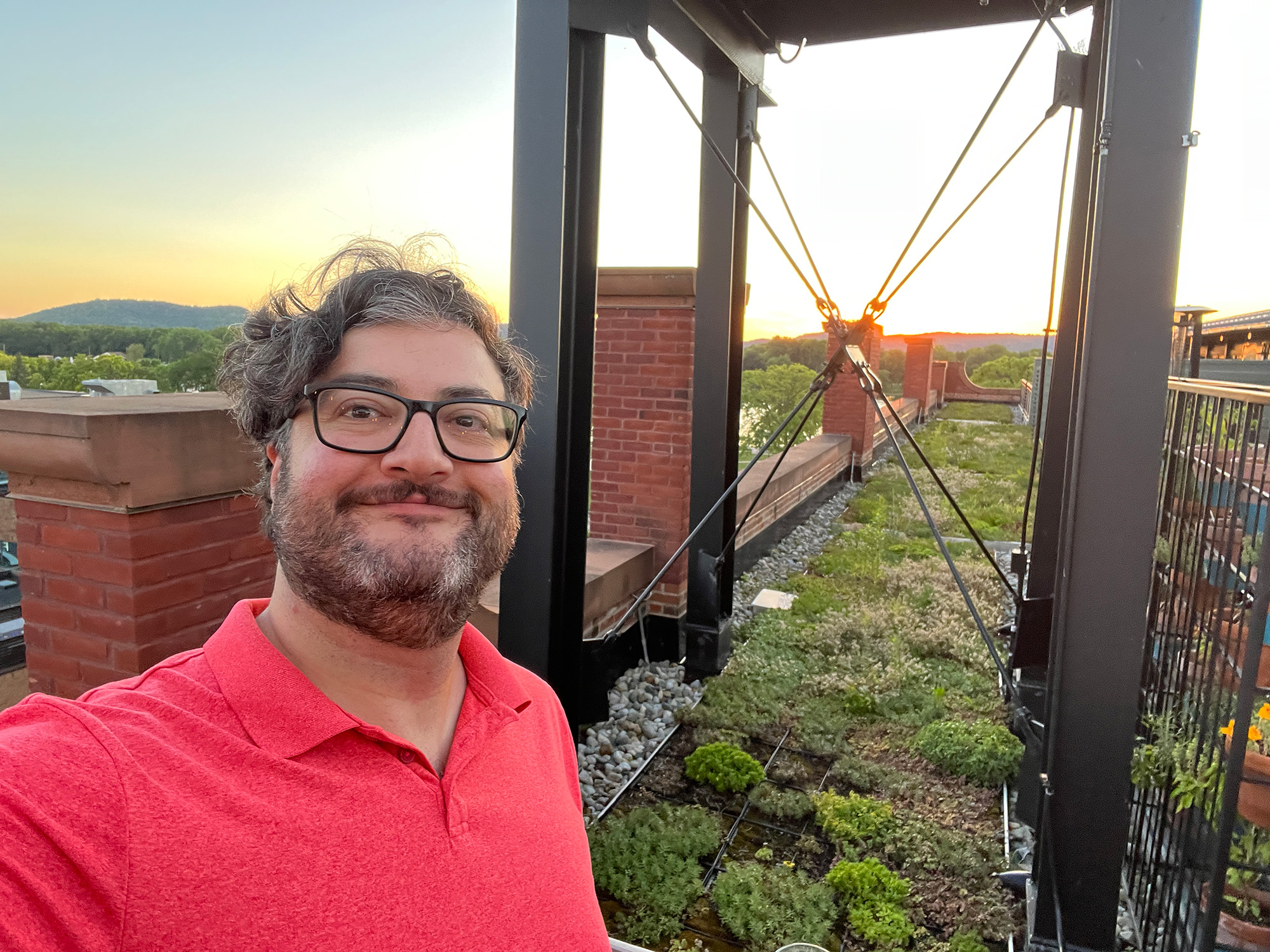-
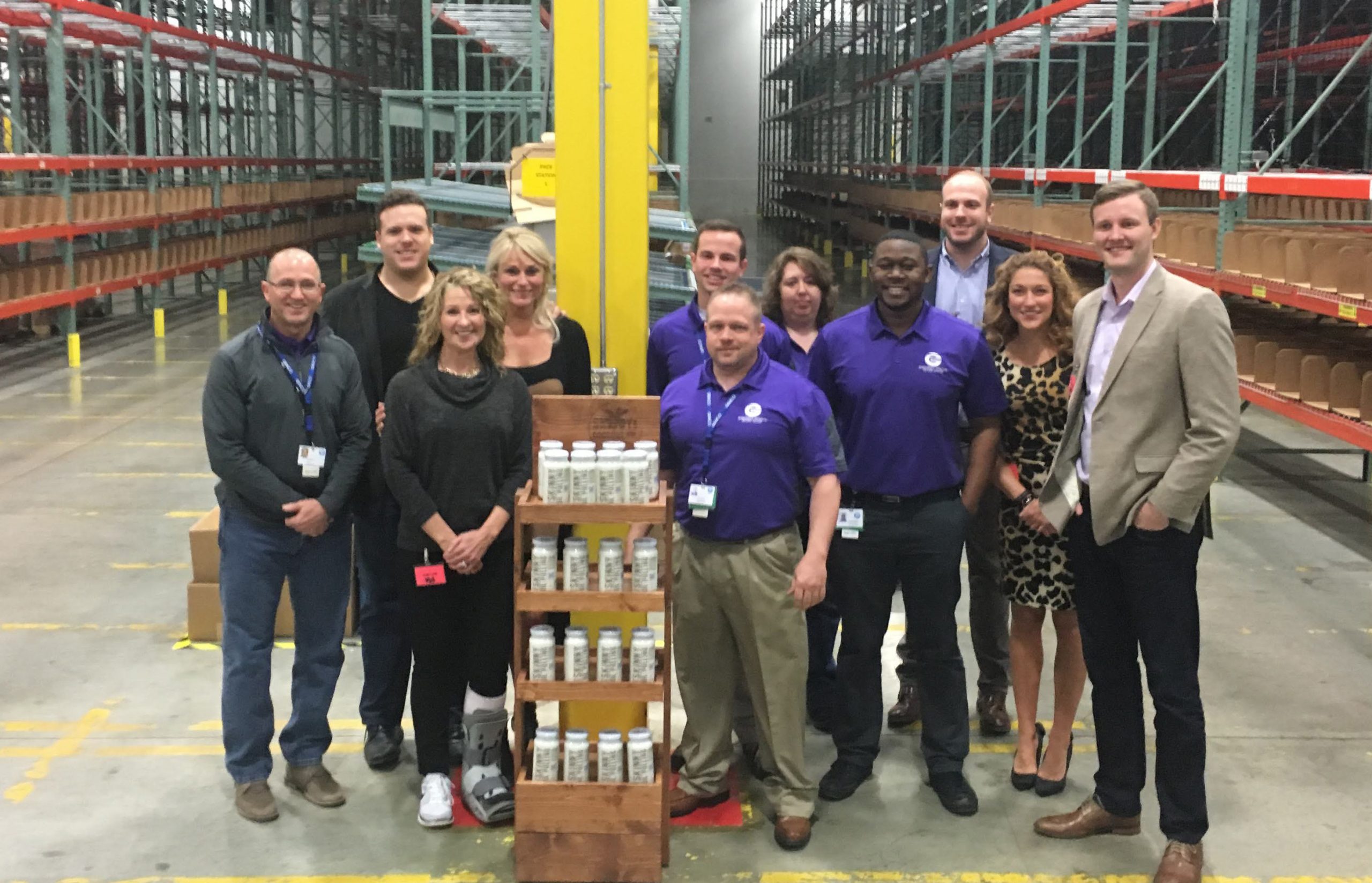
How I Helped FedEx Launch their First Fulfillment Service
As a product manager at Skinny & Co. I added several new features to the order management system that led to the elimination of a FTE, but one of the other things I’m proud of was how I worked with Fedex to develop a new 3PL order management interface that allowed us to send them…
-
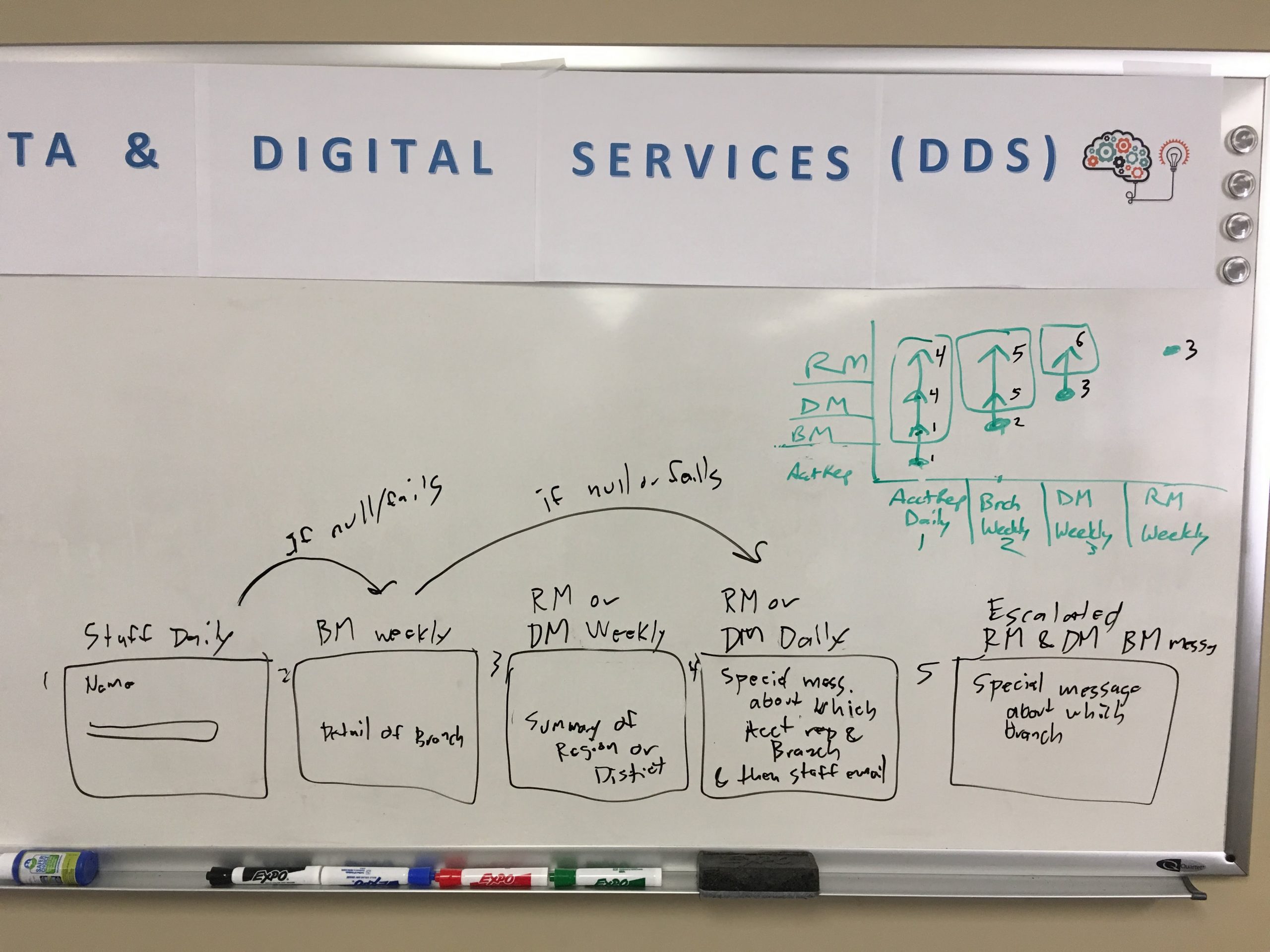
Time-Saving (and Money-Making) Product Improvements as a Product Manager
When I worked at Marine Credit Union as a business analyst, I was also a product manager for checking accounts, which included online banking, their mobile app, ACH, and debit cards. I was also responsible for the company’s CRM system (before I helped to migrate the company to Salesforce’s CRM system). During my time at…
-
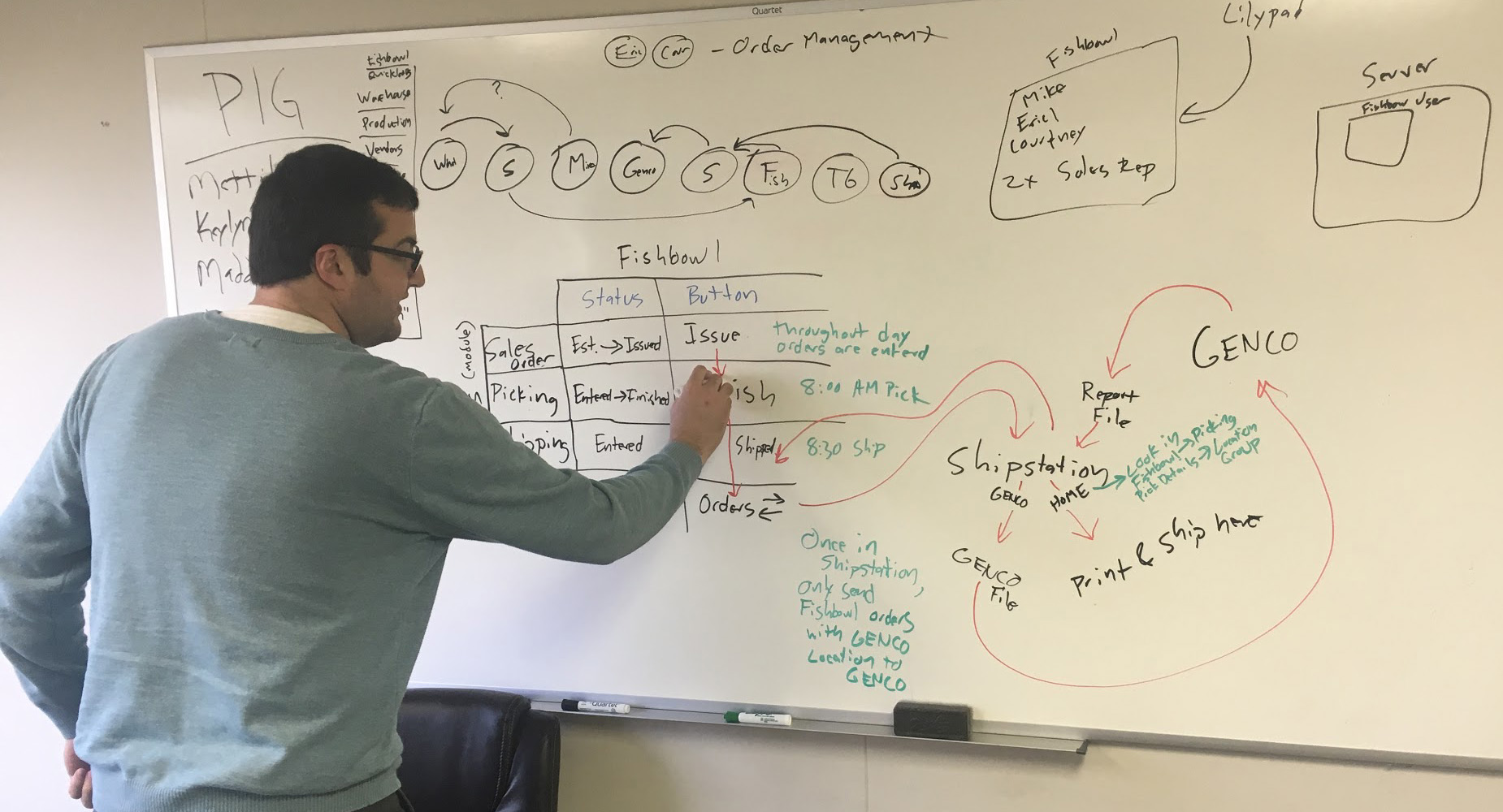
Using Middleware to Eliminate a FTE as a Product Manager
Sometimes a simple product improvement can lead to dramatic changes in business processes and personnel changes. This is a story about how custom middleware eliminated a FTE. At Skinny & Co., as a product manager, one of the products I managed was Fishbowl Inventory (along with the processes and technologies that were involved and integrated…
-

Field Notes
I spilled coffee on my Field Notes. It went everywhere. Something so simple as setting down a cup of coffee caused an inordinate amount of chaos and care to clean up. But it was worth it. Sometimes things don’t go as planned despite making a plan. I’m okay with that. The body craves novelty just…
-
Senior Product Manager
As part of your Shared Services Product Management team, the Senior Product Manager sits at the intersection of business revenue and expense generation operations; and delivers everything from large-scale technology solutions to small optimizations. The team is responsible for developing long-range product roadmaps and engaging in backlog grooming for the upcoming 2-week sprint. We work…
-
Product Manager
A Product Manager must be passionate about defining, developing, marketing, selling, and supporting solutions in a highly competitive environment. The role includes strategic planning activities such as establishing and executing a product line vision throughout its lifecycle. It also includes hands on tactical support for customers, sales, and marketing. Responsibilities: Education and/or Experience: Bachelor’s degree…
-
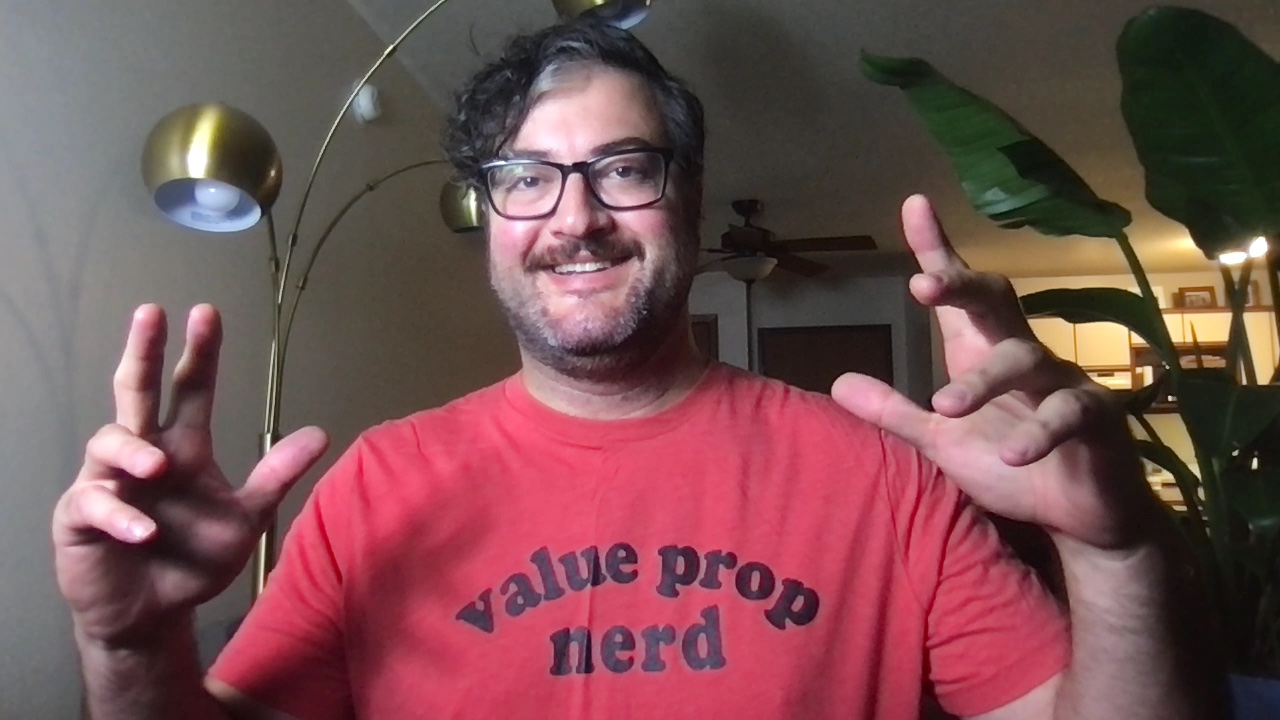
What does a product manager do?
A #productmanager is responsible for guiding the success of a product and leading the cross-functional team that’s responsible for improving it. Their primary role includes setting the strategy, roadmap, and feature definition for a product or product line. They work closely with various teams, including strategy, development, marketing, and sales to deliver a final product that aligns…
-
Director, Product Management Practice
As your Director of Product Management, I will play a pivotal role in driving your company’s growth and ensuring the successful development and launch of our top strategic investments and products. I will collaborate closely with cross-functional teams, including Engineering, Marketing, Sales, and Operations, to define and execute on the company’s strategy. My primary focus…
